Now that the New Year festivities are behind us, it’s the time of year when people are heading back to work with either a spring in their step or with growing anticipation to take the plunge and start their own thing.
It can be daunting to make the decision to work for yourself so we have scoured the world of books and have come up with a list of great titles (some are old time favourites and others new) that can help you follow your dreams.
Tribe of Mentors: Short Life Advice from the Best in the World by Tim Ferriss
When facing life’s questions, who do you turn to for advice? We all need mentors, particularly when the odds seem stacked against us. To find his own, bestselling author and podcast guru Tim Ferriss tracked down more than 100 eclectic experts to help him, and you, navigate life. Through short, action-packed profiles, he shares their secrets for success, happiness, meaning, and more. No matter the challenge or opportunity, something in these pages can help.
You will learn; the three books legendary investor Ray Dalio recommends most often, lessons and tips from elite athletes like Maria Sharapova, Kelly Slater, Tony Hawk and Dan Gable, how and why Facebook co-founder Dustin Moskovitz says ‘no’ to most incoming requests, the meditation and mindfulness practices of David Lynch, Jimmy Fallon, Sharon Salzberg, Rick Rubin, Sarah Elizabeth Lewis and others, why TED curator Chris Anderson thinks ‘pursue your passion’ is terrible advice and why actor Ben Stiller likes to dunk his head in a bucket of ice in the morning.
Outliers: The Story of Success by Malcolm Gladwell.
Why do some people achieve so much more than others? Can they lie so far out of the ordinary? In this provocative and inspiring book, Malcolm Gladwell looks at everyone from rock stars to professional athletes, software billionaires to scientific geniuses, to show that the story of success is far more surprising, and far more fascinating, than we could ever have imagined. He reveals that it’s as much about where we’re from and what we do, as who we are – and that no one, not even a genius, ever makes it alone. Outliers will change the way you think about your own life story, and about what makes us all unique.
The Lean Startup by Eric Ries.
This book comes with a lot of recommendations…and we mean a lot! ’If you are an entrepreneur, read this book. If you are thinking about becoming an entrepreneur, read this book. If you are just curious about entrepreneurship, read this book.’ Randy Komisar, founding director of TiVo. Most new businesses fail. But many of those failures are preventable. The Lean Startup is a new approach to business that’s being adopted around the world. It is changing the way companies are built and new products are launched. The Lean Startup is about learning what your customers really want. It’s about testing your vision continuously, adapting and adjusting before it’s too late. Now is the time to think Lean.
Zero to One: Notes on Startups, or How to Build the Future by Peter Thiel and Blake Masters.
What valuable company is no one building? The next Bill Gates will not build an operating system. The next Larry Page or Sergey Brin won’t make a search engine. If you are copying these guys, you aren’t learning from them. It’s easier to copy a model than to make something new: doing what we already know how to do takes the world from 1 to n, adding more of something familiar. Every new creation goes from 0 to 1. This book is about how to get there. Peter Thiel has built multiple breakthrough companies, and Zero to One shows how. Elon Musk and Mark Zuckerberg both offer praise for this book with Zuckerberg commenting ‘When a risk taker writes a book, read it. In the case of Peter Thiel, read it twice. Or, to be safe, three times. This is a classic’.
The Working Woman’s Handbook by Phoebe Lovatt
I’ve been dipping in and out of this book since I bought it and it’s great. It’s the ultimate guide to job satisfaction, filled with practical advice on developing and driving a working life you love. Bursting with actionable tips, this book outlines an agenda for making and managing money, setting goals, and establishing success-oriented routines, with worksheets, exercises, and fool-proof “how-to” sections to help chart your course. From the lowdown on launching your own venture to a bullet-point checklist for an essential self-care regime, it will teach you to manage any dilemmas that crop up, and take the stress out of setting a budget. This no-nonsense manual comes packed with author Phoebe Lovatt’s personal insights from her own career as a successful freelance journalist, moderator, and founder of The WW Club, the leading digital resource and global community for working women worldwide. It also includes words of wisdom from various creatives and industry leaders, such as Teen Vogue editor Elaine Welteroth, WAH Nails founder Sharmadean Reid, The Gentlewoman’s Editor-in-Chief Penny Martin, and rising fashion designer Sandy Liang. Whether a first-time freelancer, budding businesswoman, or dedicated professional looking to enhance your prospects, The Working Woman’s Handbook is a go-to career and lifestyle guide for ambitious young women everywhere.
Purpose: Find your why and the how will look after itself by Lisa Messenger
I unwrapped this goodie on Christmas morning and it was read by the New Year…one of the joys of buying your own Christmas presents! Imagine if you could wake up every morning feeling energised, vibrant and excited for the work day ahead of you. If you could accept every challenge, hurdle and setback because you knew the end goal would be worth it. If you could walk your career path with courage, faith and determination. Because you know, without a doubt, that you’re going in the right direction. This is what happens when you find your PURPOSE. And that is exactly what I want for you. As the founder of Collective Hub, a multimedia platform that aims to help people unleash their full potential, Lisa Messenger has turned her passion into a profession – and now she’s on a mission to help millions of people across the world find a career with meaning. Her secret? Instead of settling for a play-it-safe career, she delved deep, thought big and disrupted an entire industry. And all because she discovered the magical feeling, the vital reason, the one powerful sentence that made her work-life worth living. Now, it’s your turn. In this soul-searching book Lisa discusses her own path to purpose, mixed with guidance and interviews from inspiring entrepreneurs and creatives who have followed their ‘why’ to a place of joy and fulfilment. Drawing on her own experiences and ground-breaking research that shows a sense of purpose makes us happier, healthier and even live longer, Lisa guides readers to find the illusive ‘why’ in their lives, so they can reinvigorate their ambition, unleash their inner rebel and make a real impact in the world.
Enjoy!







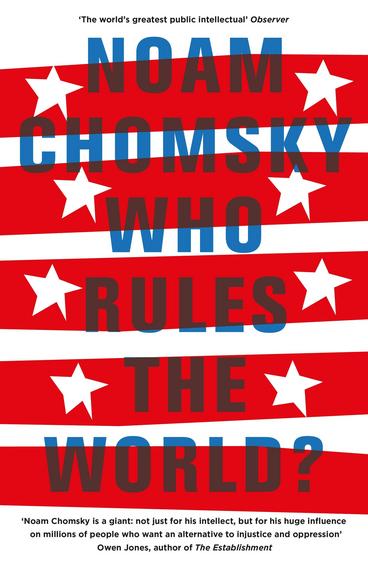




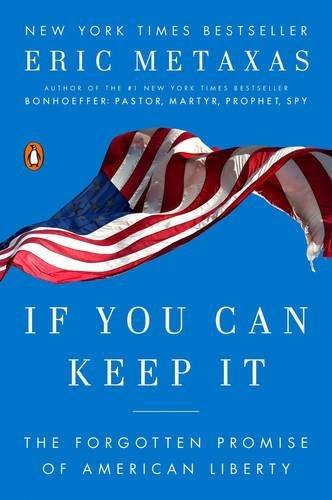
 Still Alice
Still Alice How to Make a Living with Your Writing
How to Make a Living with Your Writing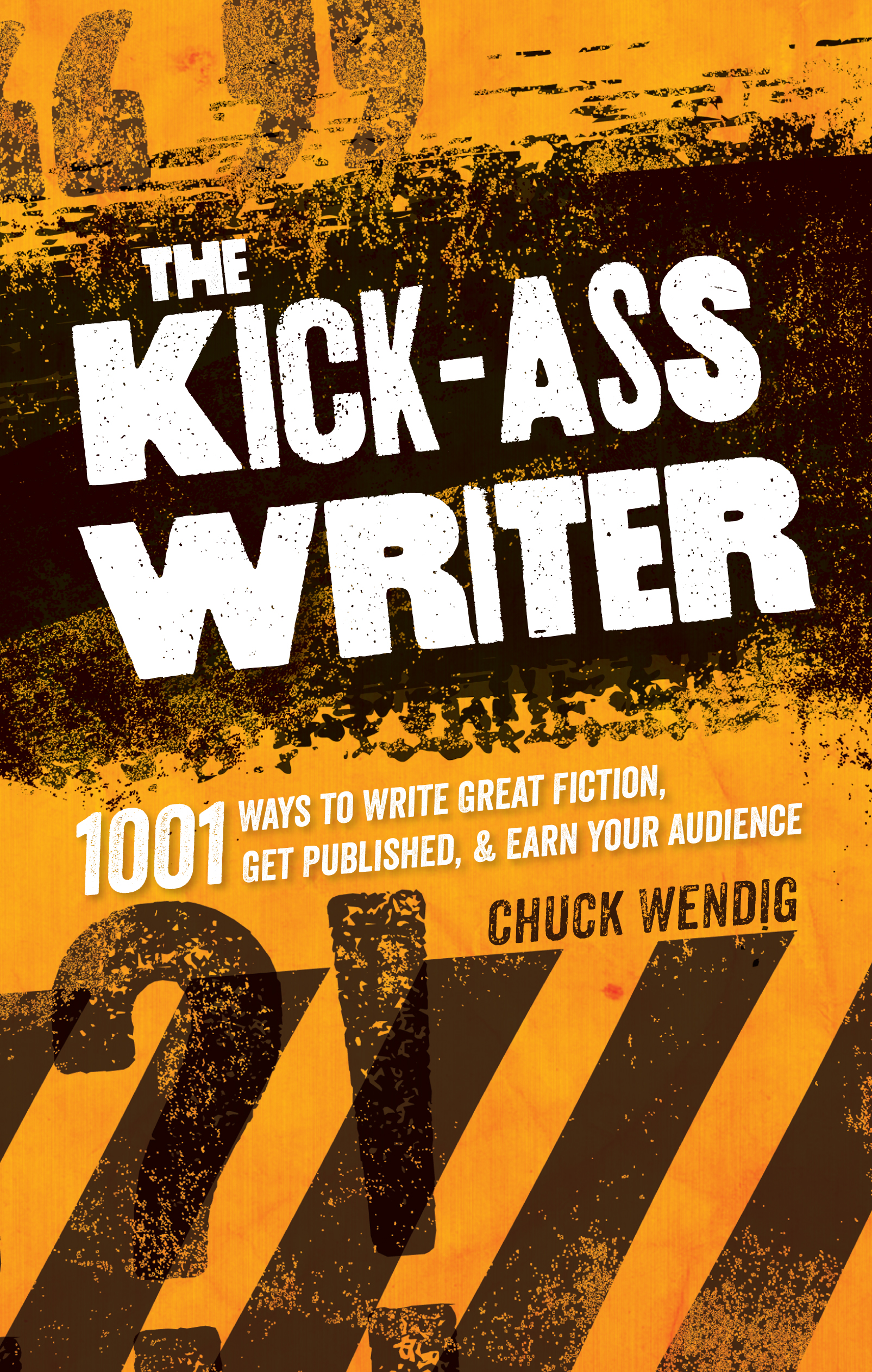 The Kick-Ass Writer
The Kick-Ass Writer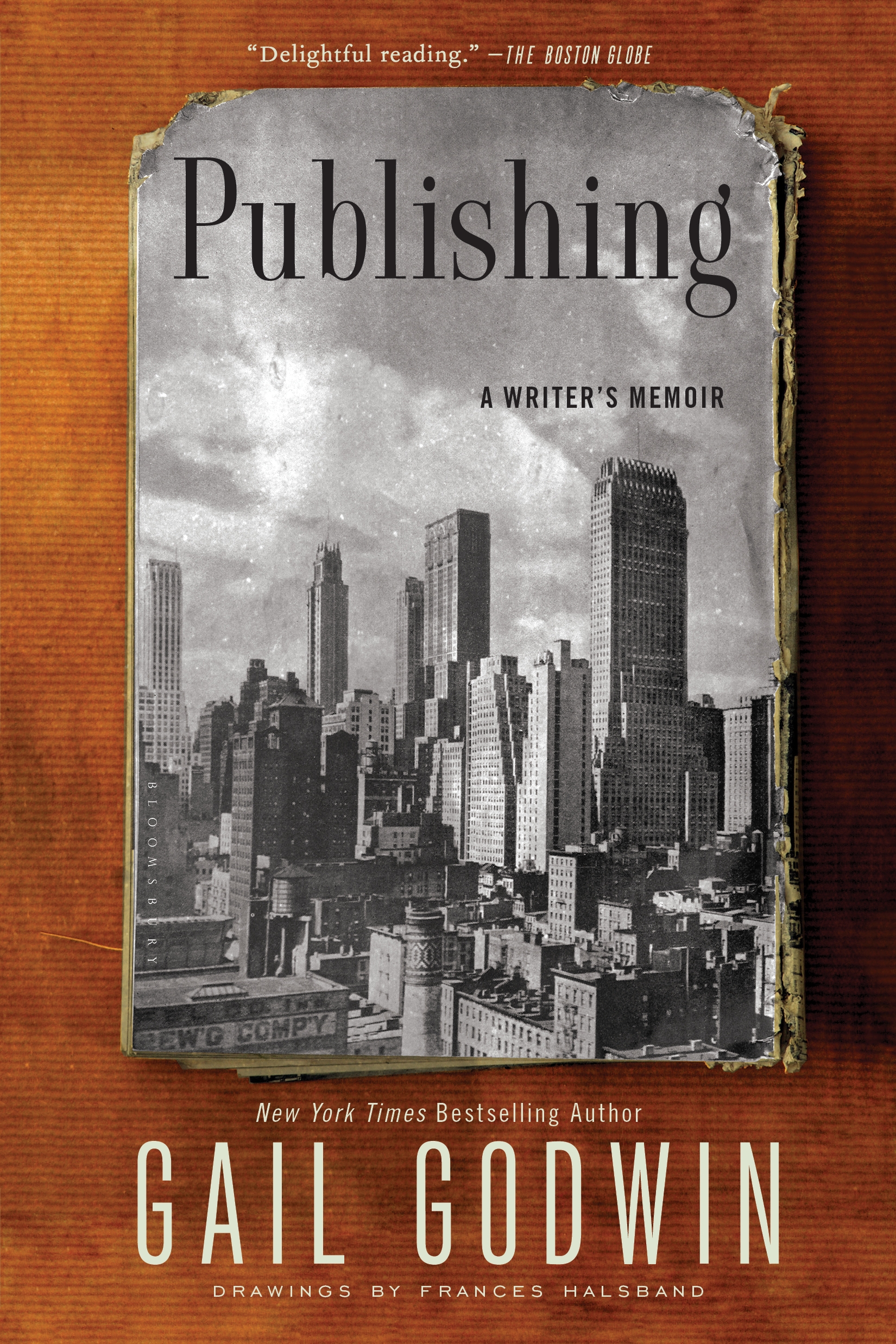 Publishing: a Writer’s Memoir
Publishing: a Writer’s Memoir Advanced Style: Older and Wiser
Advanced Style: Older and Wiser The Dumpling Sisters Cookbook
The Dumpling Sisters Cookbook
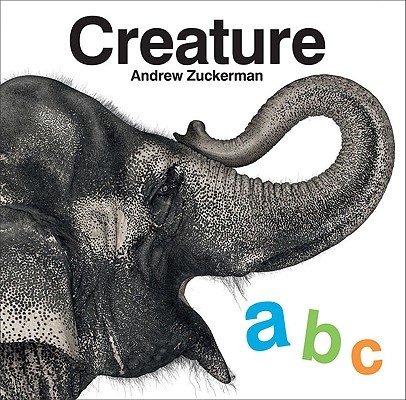









 Thing Explainer: Complicated Stuff in Simple Words
Thing Explainer: Complicated Stuff in Simple Words The Food Lab: Better Home Cooking Through Science
The Food Lab: Better Home Cooking Through Science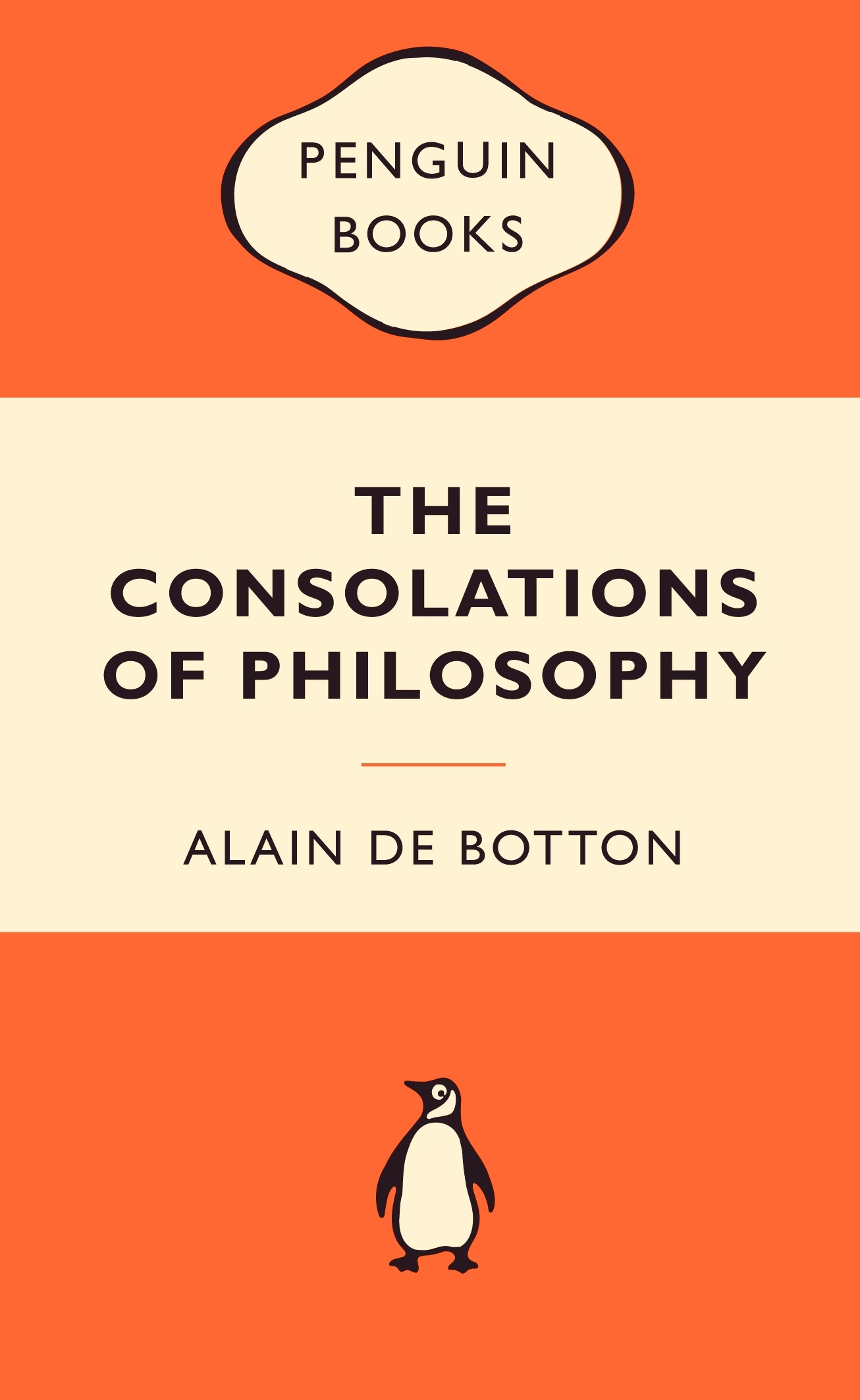 The Consolations of Philosophy
The Consolations of Philosophy The Annotated Alice
The Annotated Alice Quantum Physics for Babies
Quantum Physics for Babies Little Master Shakespeare Romeo & Juliet: a Counting Primer
Little Master Shakespeare Romeo & Juliet: a Counting Primer It’s never too early to get to know great literature – and the BabyLit collection aims to do just that. BabyLit is a series of cute and stylish board books based on literary classics. Fancy a counting book
It’s never too early to get to know great literature – and the BabyLit collection aims to do just that. BabyLit is a series of cute and stylish board books based on literary classics. Fancy a counting book